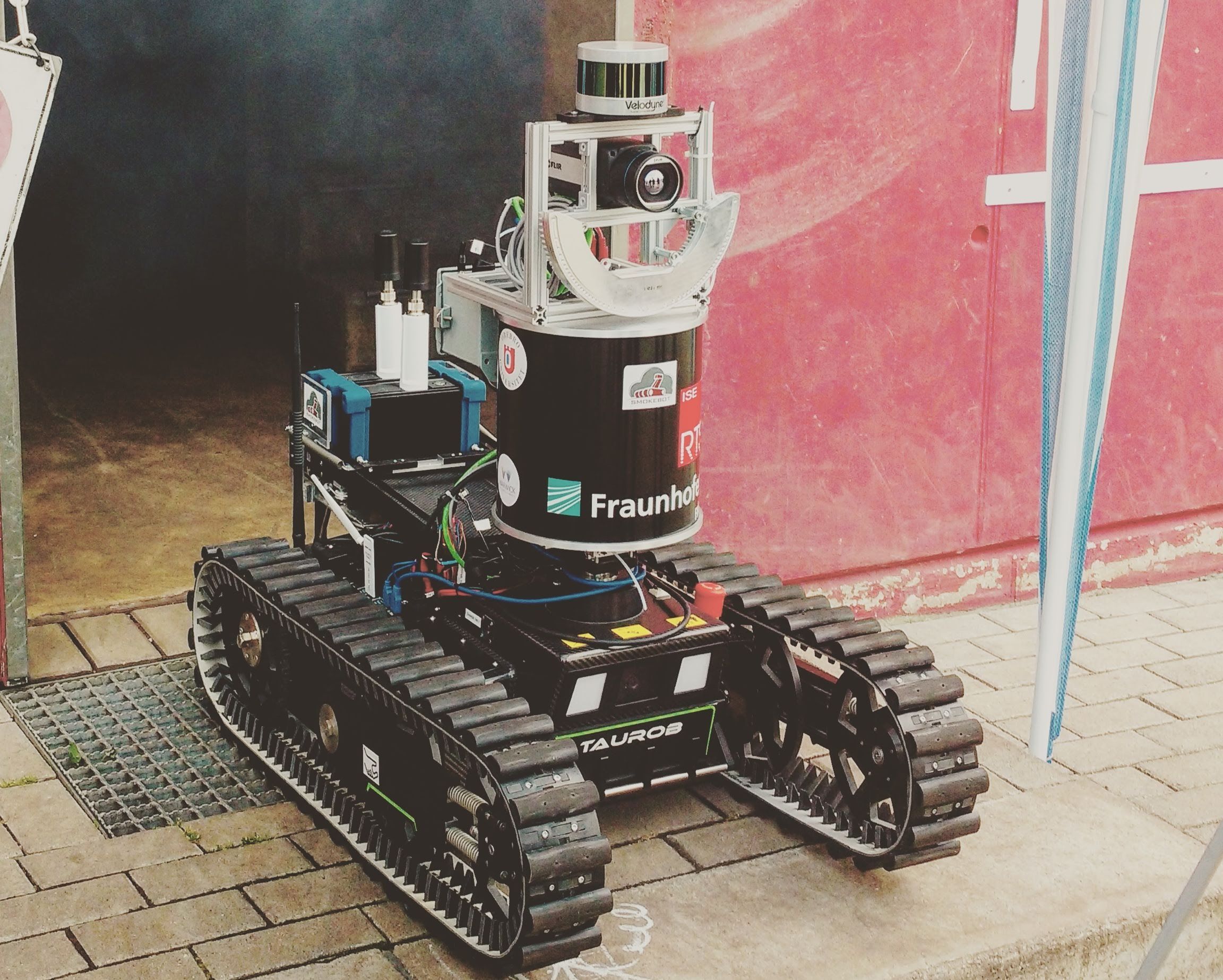Fuel cells are energy solutions that can convert the chemical energy in fuels into electricity via specific chemical reactions, instead of relying on combustion. Promising types of fuel cells are direct methanol fuel cells (DMFCs), devices specifically designed to convert the energy in methyl alcohol (i.e., methanol) into electrical energy.
Despite their potential for powering large electronics, vehicles and other systems requiring portable power, these methanol-based fuel cells still have significant limitations. Most notably, studies found that their performance tends to significantly degrade over time, because the materials used to catalyze reactions in the cells (i.e., electrocatalytic surfaces) gradually become less effective.
One approach to cleaning these surfaces and preventing the accumulation of poisoning products produced during chemical reactions entails the modulation of the voltage applied to the fuel cells. However, manually adjusting the voltage applied to the surfaces in effective ways, while also accounting for physical and chemical processes in the fuel cells, is impractical for real-world applications.
Researchers at the Massachusetts Institute of Technology (MIT) recently developed Alpha-Fuel-Cell, a new machine learning-based tool that can monitor the state of a catalyst and adjust the voltage applied to it accordingly. The new computational tool, outlined in a paper published in Nature Energy, was found to improve the average power produced by direct methanol fuel cells by 153% compared to conventional manual voltage operation strategies…
…“This system is the first demonstration of a combination of AI and energy devices, maintaining maximum fuel cell power with automatic catalyst self-healing. The system figures out when short rests actually help the cell to recover, instead of wasting time . . . We’re now scaling our approach from a single lab cell to larger, real-world stacks, adding safety and lifetime limits directly into the controller, and testing the same idea on batteries and other electrochemical systems to generalize it,” added [Ju Li, senior author of the paper].


